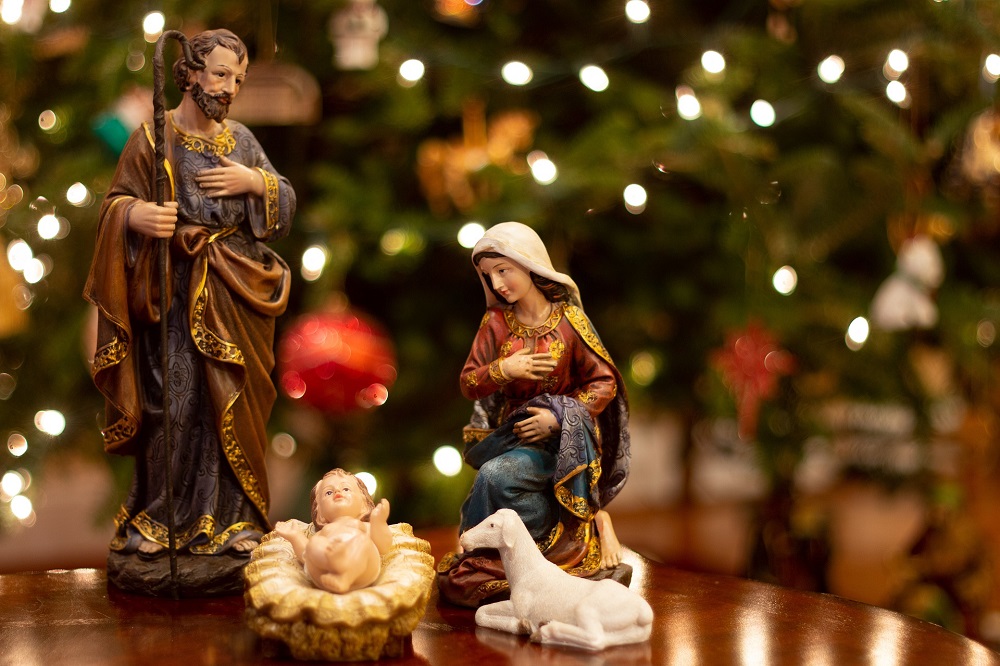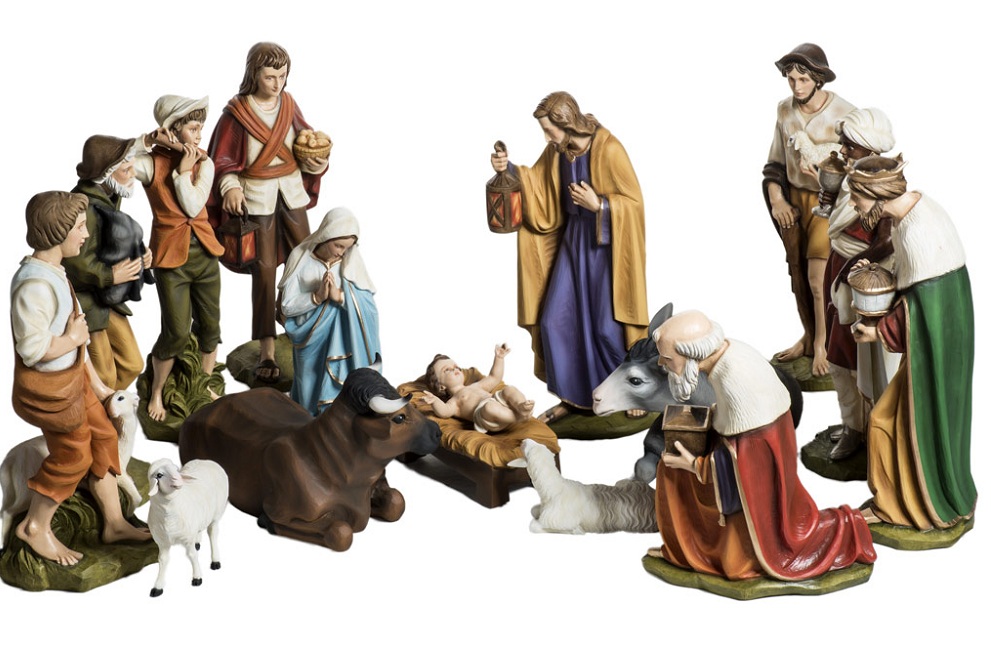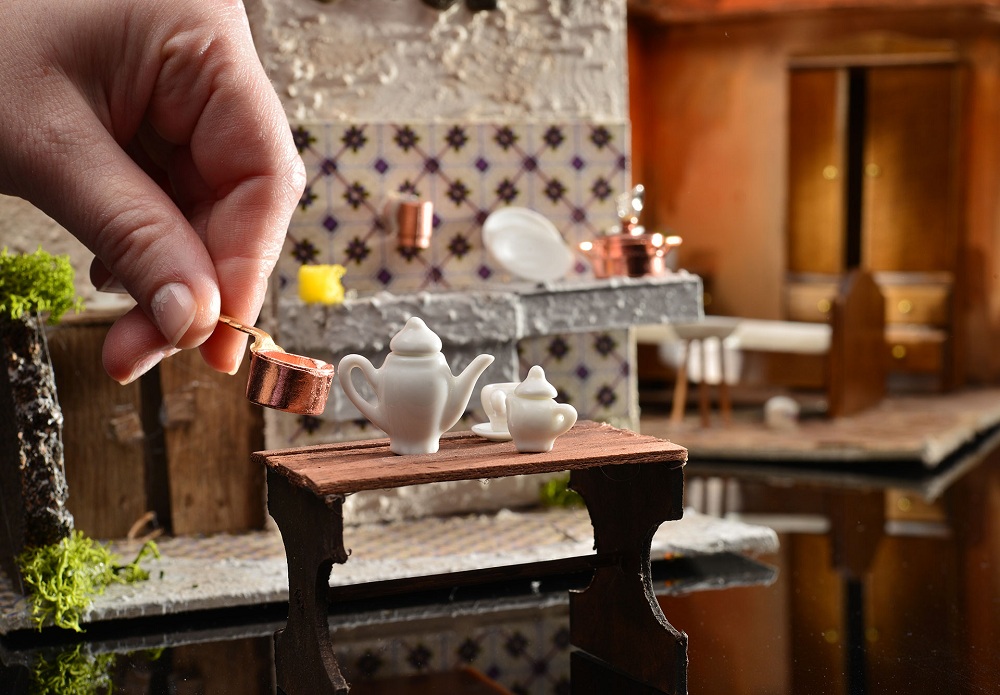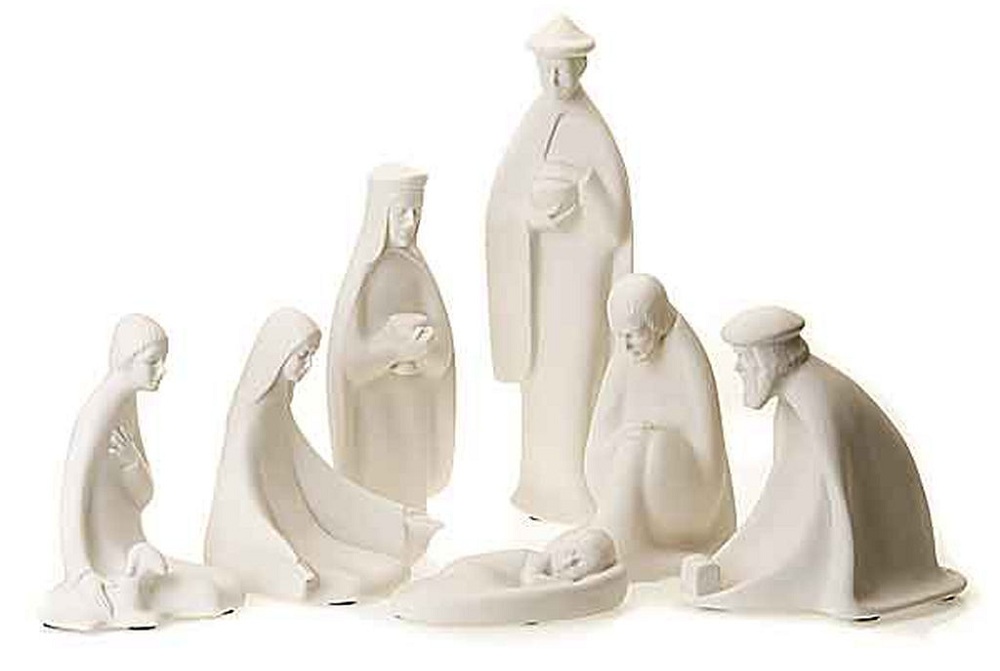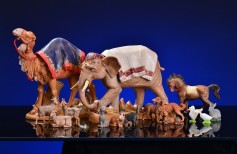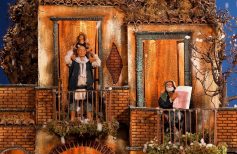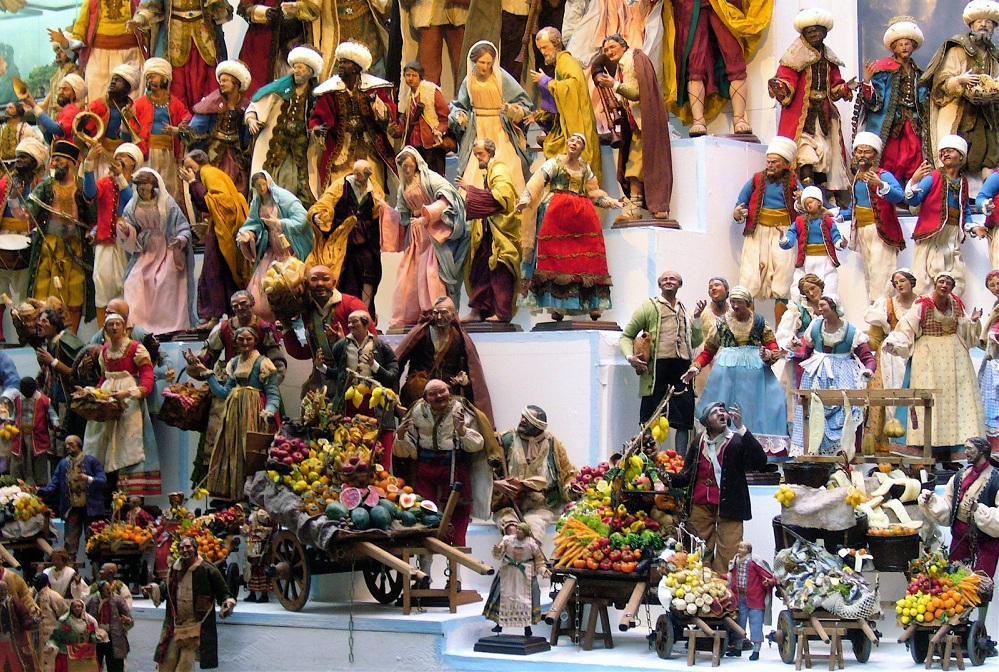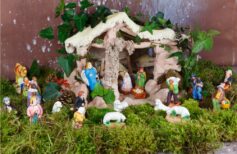Complete nativity scene or just the Holy Family? Christmas is approaching and it is time to decide. Let’s find out the reasons for a choice together.
The tradition of the Nativity has deep roots and is particularly felt in our country. A short time ago we wanted to share with you what we consider the most beautiful nativity scenes in Italy, recommending possible destinations for a festive trip, and we always try to provide you with the best tips to make a nice DIY nativity scene at home and with a few recycled items perhaps complete one with a river and waterfall.
Why is the Nativity so important and dear to the faithful? It’s not hard to answer this question. The Nativity scene is the representation of the Nativity of Jesus Christ, set up for the first time in medieval times by the will of St. Francis of Assisi.
The birth of Jesus is a pivotal event for Christians, one of the most solemn mysteries for humanity. Every year, at Christmas, this anniversary is celebrated, renewing one’s love and devotion to Jesus who became man to bring eternal salvation to all of us. The Nativity scene, and in particular the group of the Nativity, that is Mary, Joseph and the little Jesus, center and heart of the Nativity itself, is the visible and tangible representation of that devotion. In all the Nativity scenes, small or large, classic or modern, those three statues catalyze the attention, not only of those who stop to look at the Nativity scene from the outside but of all the other characters who populate it. The Holy Family is the fulcrum where all the other characters converge, from shepherds to their animals, from musicians to the Magi, and so on, considering how many and which characters can be in a complete nativity scene.
So what is the difference between the Crib and the Nativity? The Nativity scene reproduces the birth of Jesus with all the characters and places of the tradition; the Nativity represents only the group of the Holy Family: Baby Jesus, Joseph and Mary.
Complete Nativity scene or Crib?
Having clarified this, it remains to be established what is more appropriate for us to do at Christmas, whether to set up a complete nativity scene or focus only on the Crib.
Before any speculation, we will certainly have to address the problem of space. Many prefer to limit themselves to exhibiting only the Nativity figurines, perhaps with the ox and the donkey in addition, because they do not have enough space for a complete Nativity scene. In addition to the lack of space, the inability to create a Nativity scene that satisfies the taste and needs of the whole family can also intervene. It is true that on the market there are splendid nativity scenes complete with all the characters, often even with suggestive settings that are already perfect, complete with lighting effects.
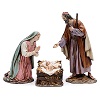
In short, there is no need to be a DIY expert, even if it is always stimulating to set up your Nativity scene with a little creativity.

How to build a DIY nativity scene: a mini guide
We talk about Christmas again. Lights, decorated trees, all the symbols we love so much, which comfort our hearts with the hope of rebirth…
Therefore, avoiding considering the problems of space and dexterity for the installation, we will limit ourselves to considering the choice from a purely emotional and religious point of view.
To understand this choice we must dwell on what the Nativity represents for a Christian. As we explained in a previous article on the story of the birth of Jesus in the Gospels, for two thousand years we have known the Nativity represented as follows: a cave, a man, a woman, a small child placed in a manger, with only an ox and a donkey to warm it on its first, cold night in the world. A simple and immense story, in its mystery. A love story, the greatest love in the world. Above all, the story of a family, a caring and attentive father, who takes care to protect his wife, a young mother completely outstretched towards her little one, and Him, Baby Jesus, the light of the world, but, on that first, cold night, just a cold baby, with his eyes, still half-closed on a world that still doesn’t know His name.
In this sense, the Nativity becomes the symbol par excellence of Christmas, in its desire to be a moment of union for the family, a reunion for parents and children, for the different generations who find themselves celebrating all together.
The characters involved are all invested with a strong symbolic value, which manifests itself not only in the attitude of the statues but also in the colours of their clothes. Thus Saint Joseph, who symbolises paternal responsibility, work, but also the humility and modesty with which he accepted the divine will without reserve and chose to protect that very special Child, wears dark and disused clothes, the colour of the earth. The Madonna, on the other hand, symbolizes the virtue and sacredness of motherhood, but also the divine inspiration of that Child she carried in her womb, and her blue mantle refers to the sky, which is the true home of that Child.
Over time, the Holy Family has become the ideal model to which every family in the Church should look. The ideals and values it embodies, love, mercy, affection, protection, but also humility and total trust in God’s plan, is not just an image of devotion, but a living and ever-present example for the faithful, a point of reference and constant comfort even in difficulties.
A Nativity scene complete with shepherds, animals for nativity scenes, huts.
In reality, all the characters of the traditional nativity scene have their own more or less evident symbolic meaning. This symbolism is particularly emphasised in the Neapolitan crib, far more than a simple reconstruction of the Nativity. Every character, every scene, every detail conceals a profound meaning that sinks into popular tradition. The characters of the Neapolitan nativity scene come not only from the Gospels but from stories, legends, anecdotes, folklore.
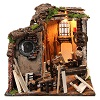
Even when we decide to set up a complete Nativity scene, we must never forget that what is happening is not just the attempt to recreate a beautiful scene to celebrate the birth of the Child Jesus, but a unique and special form of devotion.
The beauty of preparing a traditional nativity scene is that, from year to year, it can be enriched, enlarged more and more, adding characters, or perhaps architectural glimpses, new houses, shops, suggestive corners. In this way, our Nativity scene is not something static, stationary, immutable, but it is a reality that is built and evolves.
The important thing, whether we choose to exhibit only the statues of the Nativity, or to set up a complete Nativity scene, is the spirit that we will put into preparing it. The Nativity scene acquires a special value, different for each house, for each family, and yet always the same, true to itself. A message of peace, harmony and even welcome, if we want, because at the hut where little Jesus sleeps everyone is welcome, everyone is united in common adoration, in common love.

